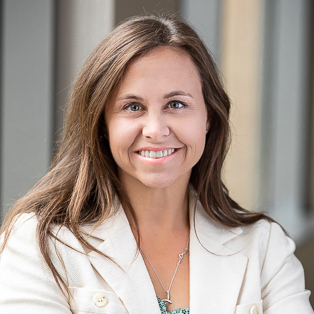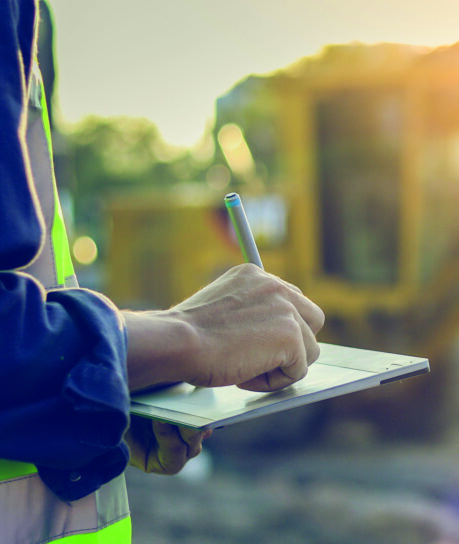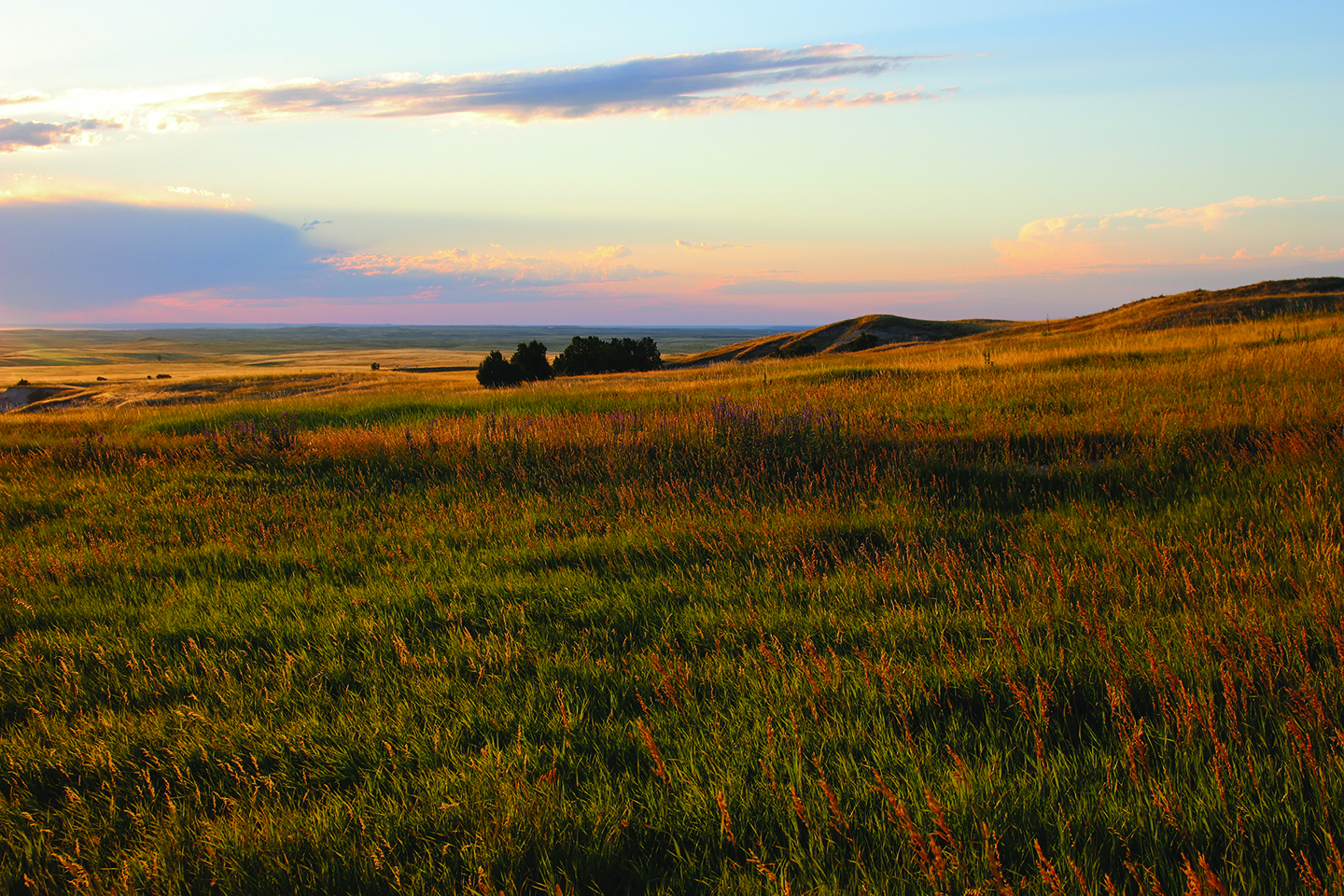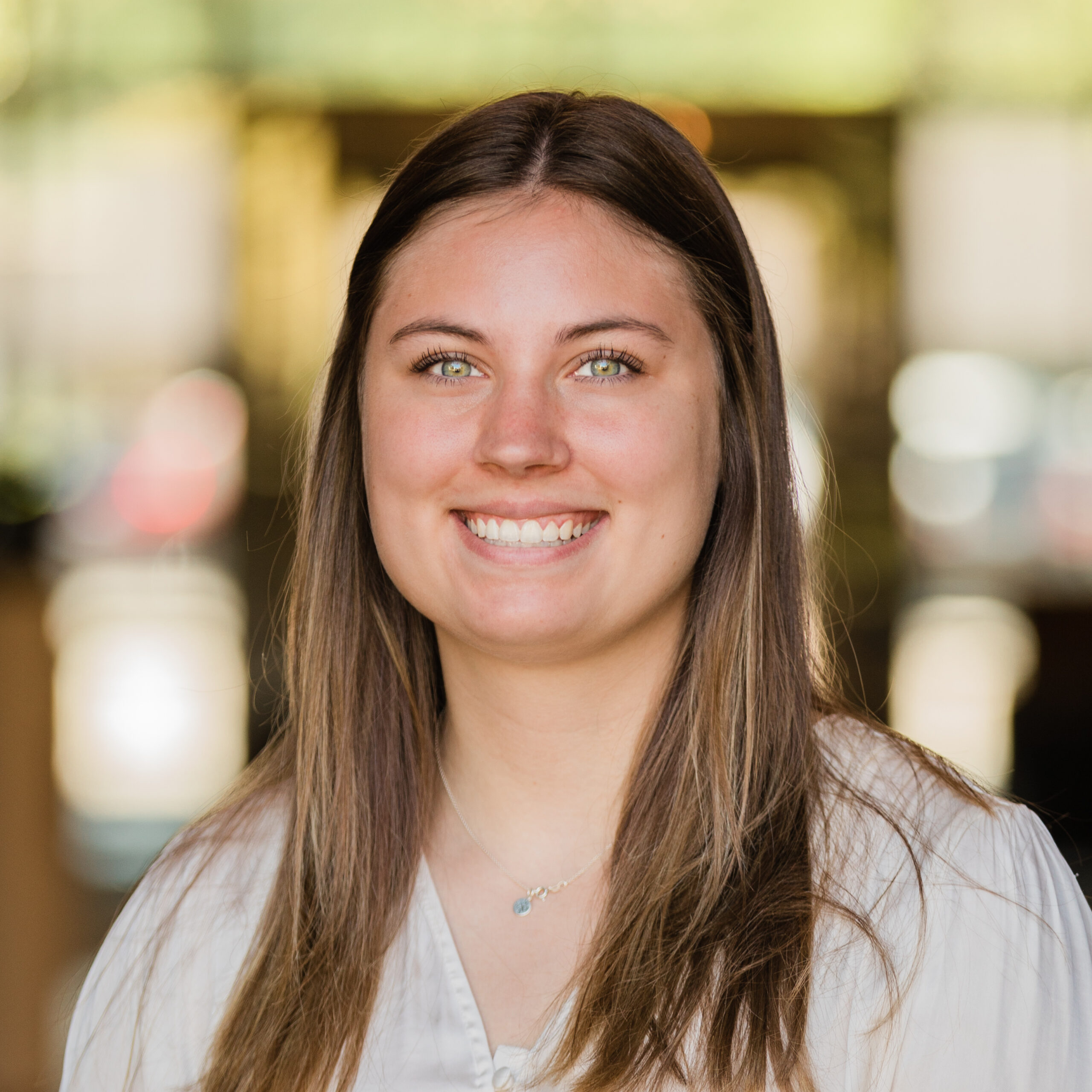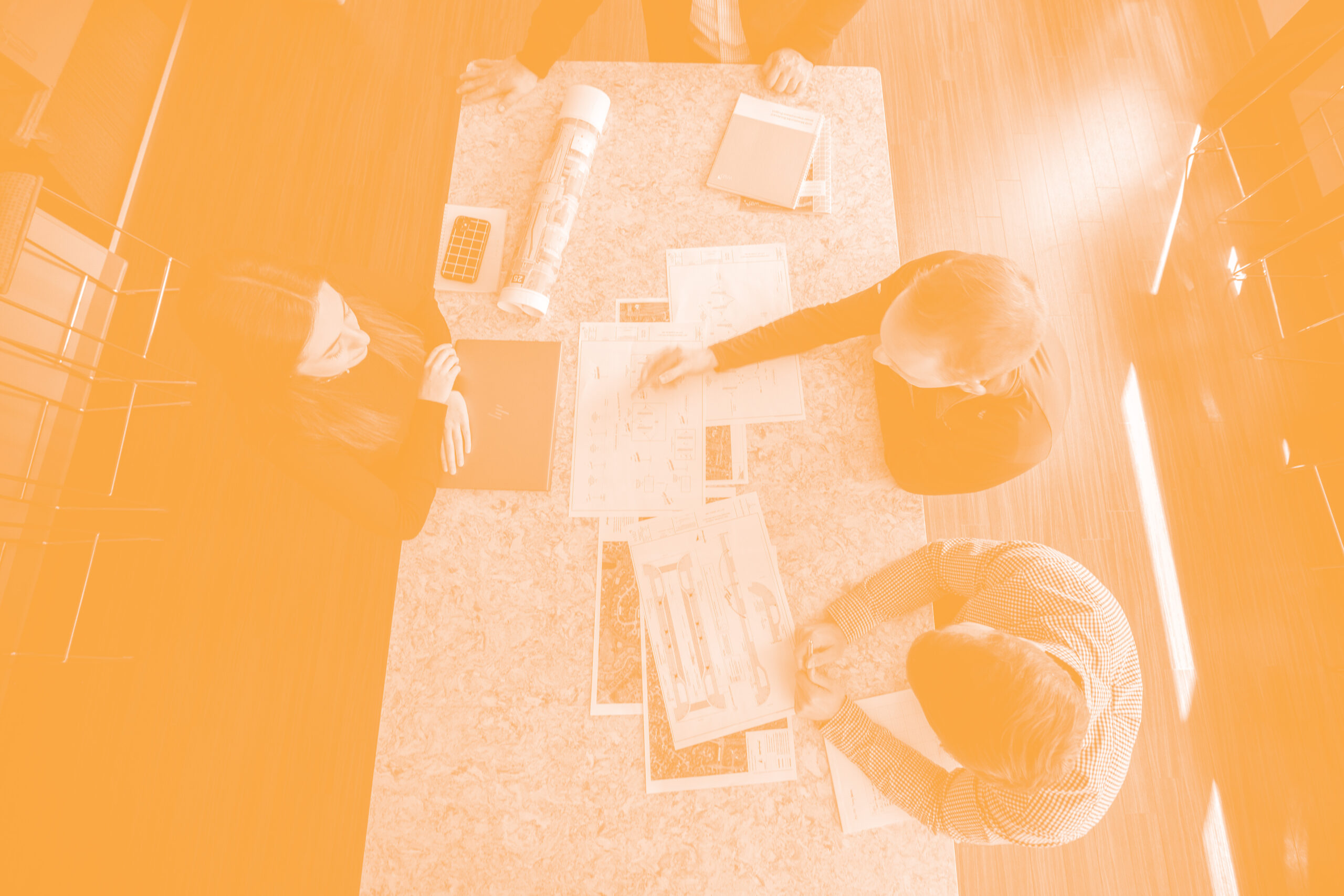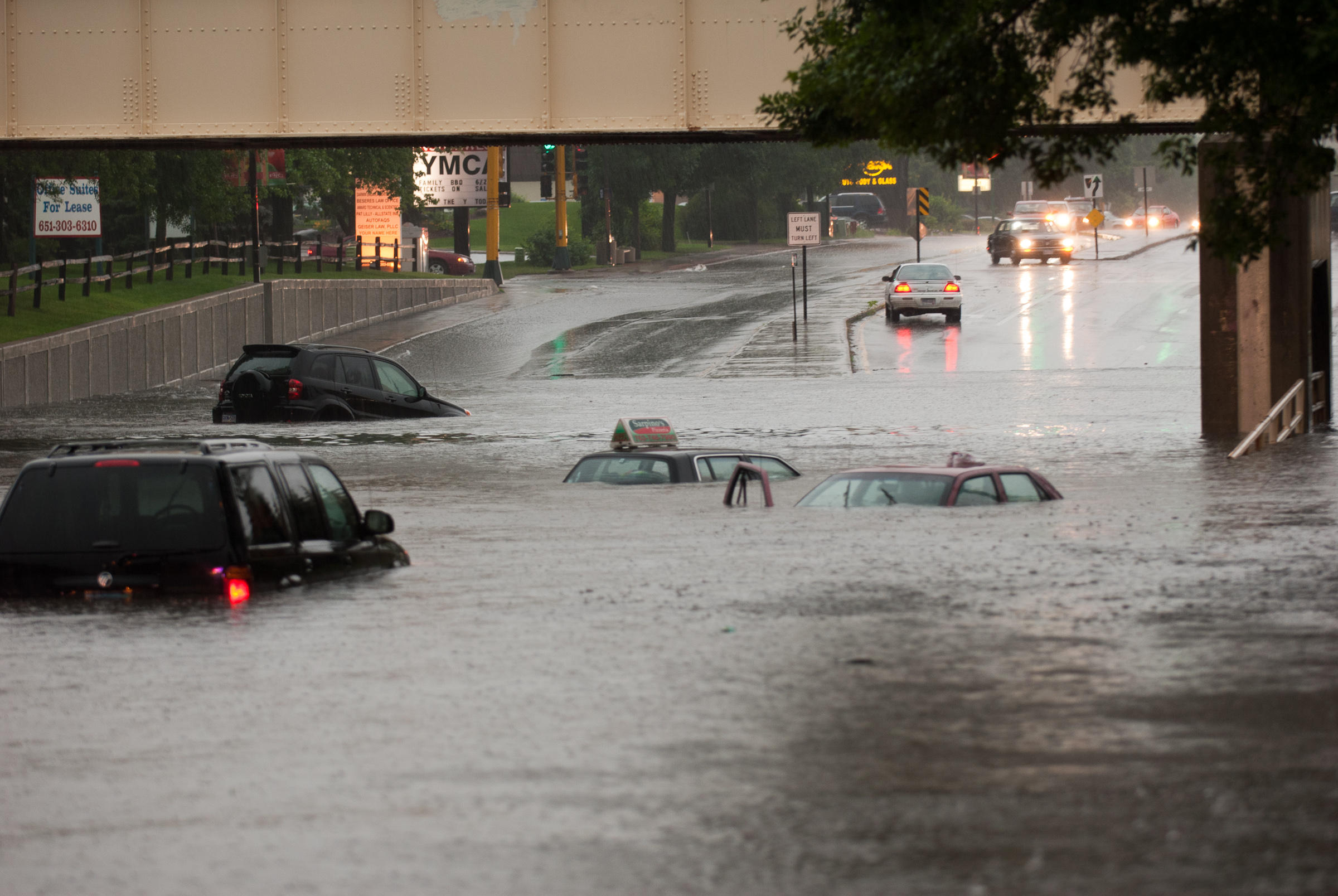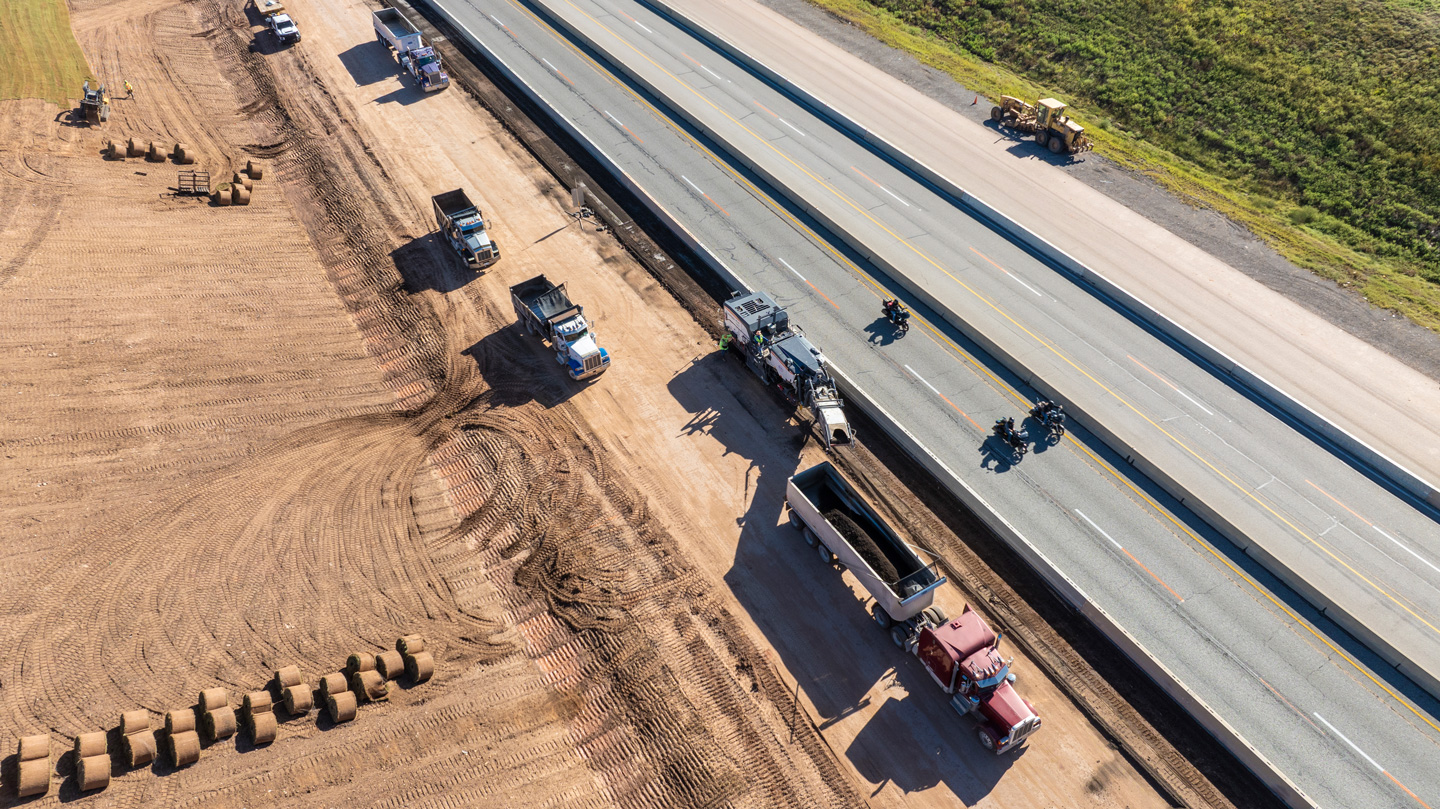July 28, 2025
By Jennifer Edison, Senior Project Manager, WSB
Published by League of Minnesota Cities in the July-August month’s issue of the Minnesota Cities Magazine. How Cities Can Gather and Use Public Input in Decision Making – League of Minnesota Cities
In recent years, city councils across the state have been evolving their decision-making processes as they face the challenging task of balancing an increase in public expectations with the needs and priorities of the community. As cities grow, residents demand improved services, infrastructure, and transparency. Often times, competing interests make it essential for city councils to manage these expectations while making sure that community needs are met.
Public involvement can often feel like a double-edged sword, bringing both positive benefits and potential drawbacks. With the right tools, city councils can use public engagement to positively impact improvement projects while also addressing challenges that arise.
Clear communication and transparency
Effective communication of goals, priorities, and the reasoning behind decisions enhances understanding and engagement with city council actions. This could include regular updates through newsletters, social media, and public meetings. Keeping residents informed about ongoing projects, budget allocations, and upcoming initiatives helps them stay engaged and aware of the council’s activities and budget constraints. Additionally, explaining the reasons for prioritizing certain projects over others helps the public understand the complexities of project planning. This transparency fosters greater support for council decisions.
Inclusive engagement processes
Inclusive engagement guarantees diverse voices are heard and considered in the decision-making process. Consider the following options during the engagement process:
Town hall meetings. These meetings allow residents to voice their opinions, ask questions, and engage directly with council members, fostering a sense of community and allowing the council to be responsive to public concerns.
Surveys. Conducting surveys enables the council to gather community input to help inform decision making and prioritize projects that reflect community needs and preferences.
Focus groups. Organizing focus groups from different community segments provides insights into specific issues.
Performance metrics. Using performance metrics to evaluate the impact of decisions and policies. By tracking key indicators and outcomes, the council identifies successful initiatives
and assesses effectiveness.
Feedback platforms. Implementing platforms for residents to provide feedback, such as an online portal or public comment period, highlights areas for improvement and helps the
council address concerns.
Setting realistic expectations
Educating the public about the city council’s limitations and challenges helps set realistic community expectations. Public workshops allow for conversations about project complexities, helping residents understand constraints and tradeoffs. Detailed budget reports provide transparency, making residents aware of financial realities and the rationale behind decisions.
Prioritizing core needs
Identifying the core needs of the community prioritizes essential services and infrastructure. Capital improvement plans often highlight these core projects and outline long-term funding strategies. Developing these plans addresses both immediate needs and future growth, ensuring community sustainability. Regularly reviewing and updating these plans helps reflect changing circumstances and priorities.
Collaborative decision making
Collaborative decision making involves engaging various stakeholders to find common ground and gain support for projects that benefit the entire community. This approach is particularly important for projects that directly impact access or property adjacent to residential neighborhoods or business districts. One effective strategy is to develop a committee of residents, business owners, and community leaders to provide ongoing input and recommendations. Involving stakeholders in the planning process gives them a sense of ownership and helps educate the complexities of construction.
Continuous improvement
While public opinion is important, it must be balanced with expert advice and evidence-based practices. Engaging the public early and frequently is critical for identifying key stakeholders. When soliciting public feedback, it is essential to genuinely consider it. However, there will be instances where feedback cannot be implemented due to technical guidelines or best practices. Fostering a process that allows the public to feel engaged should always be seen as a positive aspect of decision making.

